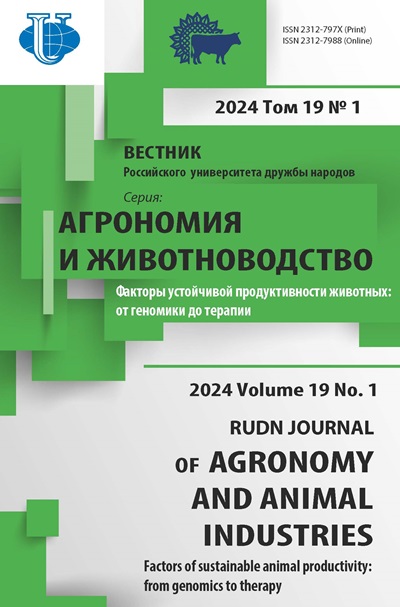The main principles of the structural organization of the immune system of the Japanese quails
- Authors: Seleznev SB1, Krotova EA1, Vetoshkina GA2, Kulikov EV1, Burykina LP1
-
Affiliations:
- Peoples’ Friendship University of Russia
- Moscow State Academy of Veterinary Medicine and Biotechnology
- Issue: No 4 (2015)
- Pages: 66-73
- Section: Articles
- URL: https://agrojournal.rudn.ru/agronomy/article/view/1512
- DOI: https://doi.org/10.22363/2312-797X-2015-4-66-73
Cite item
Full Text
Abstract
About the authors
S B Seleznev
Peoples’ Friendship University of Russia
Author for correspondence.
Email: seleznev1961@mail.ru
Department of veterinary medicine
E A Krotova
Peoples’ Friendship University of Russia
Email: elena_krotova@mail.ru
Department of veterinary medicine
G A Vetoshkina
Moscow State Academy of Veterinary Medicine and Biotechnology
Email: vore@list.ru
Department of Anatomy and Hystology of animals
E V Kulikov
Peoples’ Friendship University of Russia
Email: kulikov78@list.ru
Department of veterinary medicine
L P Burykina
Peoples’ Friendship University of Russia
Email: lilu1973@mail.ru
Department of veterinary medicine
References
















